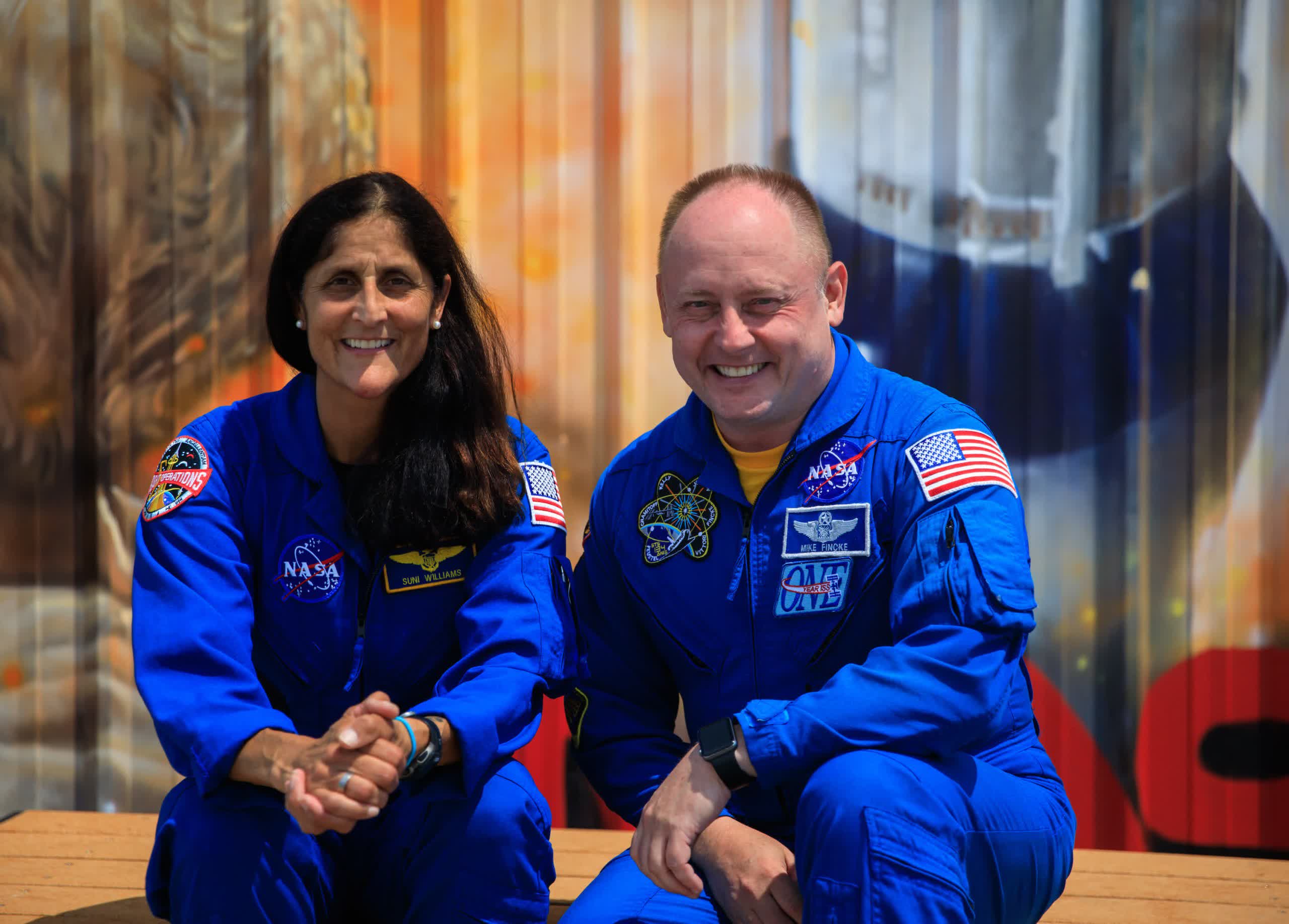Bottom line: Whether Boeing fixes Starliner tomorrow or the crew hitches a ride with SpaceX next year, they will surely be grateful to have their feet back on solid ground. An eight-month ISS stay was not on the calendar, and they are undoubtedly missing their friends, family, and home-cooked meals.
In a Wednesday press conference, NASA said it has a contingency plan to bring Starliner pilots Barry Wilmore and Sunita Williams home. Unfortunately, the plan is for them to hitch a ride on SpaceX’s Crew-9 mission, which NASA postponed until next February because of the incapacitated Boeing spacecraft.
The astronauts are currently calling ISS home while Boeing tries to figure out how to get its vessel operational again. Engineers may fix the ship’s problems before the delayed rescue, but those hopes dwindle with each passing day. The Starliner crew has been stranded for almost two months on what Boeing promoted as an eight-day mission, but its actual timeframe was one to two weeks.
Listen to all of NASA’s contingency plans for Starliner.
Boeing has repeatedly denied that the astronauts are stranded, saying that they knew there was a possibility that the mission could last longer. However, the company’s argument relies on contingencies, semantics, and PR spin. The astronauts completed the mission within the initial timeframe, but complications with the Boeing Starliner prevented the crew from returning home. That’s the dictionary definition of being stranded.
“Stranded – adjective. Left without the means to move from somewhere.”
In hindsight, the mission probably should have been indefinitely scrubbed while Boeing thoroughly worked out the kinks. Boeing was in a race with SpaceX to get it launched and lost that contest, so there was no good reason to continue rushing to complete a flight. Furthermore, the mission was delayed multiple times over several years due to various issues with the craft. It got to the point where it was questionable if Starliner would ever leave the ground.

One of the three Starliner capsules was retired following a failed test, as engineers could not identify the cause of the malfunction. Then, in June 2023, the remaining two capsules were indefinitely grounded due to the discovery of two significant safety concerns: the tethers connecting the parachutes were found to be insufficient to support the craft’s full weight, and hundreds of feet of flammable tape had been used to insulate the wiring inside the capsule.
Boeing’s spin is not excusable but is understandable. The company’s public image has been shaky recently after several mishaps and “technical glitches” with its 737 Max. The jumbo jet was involved in two preventable incidents – the crashes of Lion Air Flight 610 in 2018 and Ethiopian Airlines Flight 302 in 2019 – that together killed 346 passengers and crew. Regulators investigating the Ethiopian Airlines event found Boeing had withheld “essential safety features,” offering them as optional add-ons instead.
Even though those accidents were over five years past, the company is still struggling to recover from an image of incompetent internal management. The Starliner fiasco is not helping that effort, and multiple management shakeups have seen senior executives step down, including CEO Dave Calhoun, who will ‘retire’ at the end of the year.




